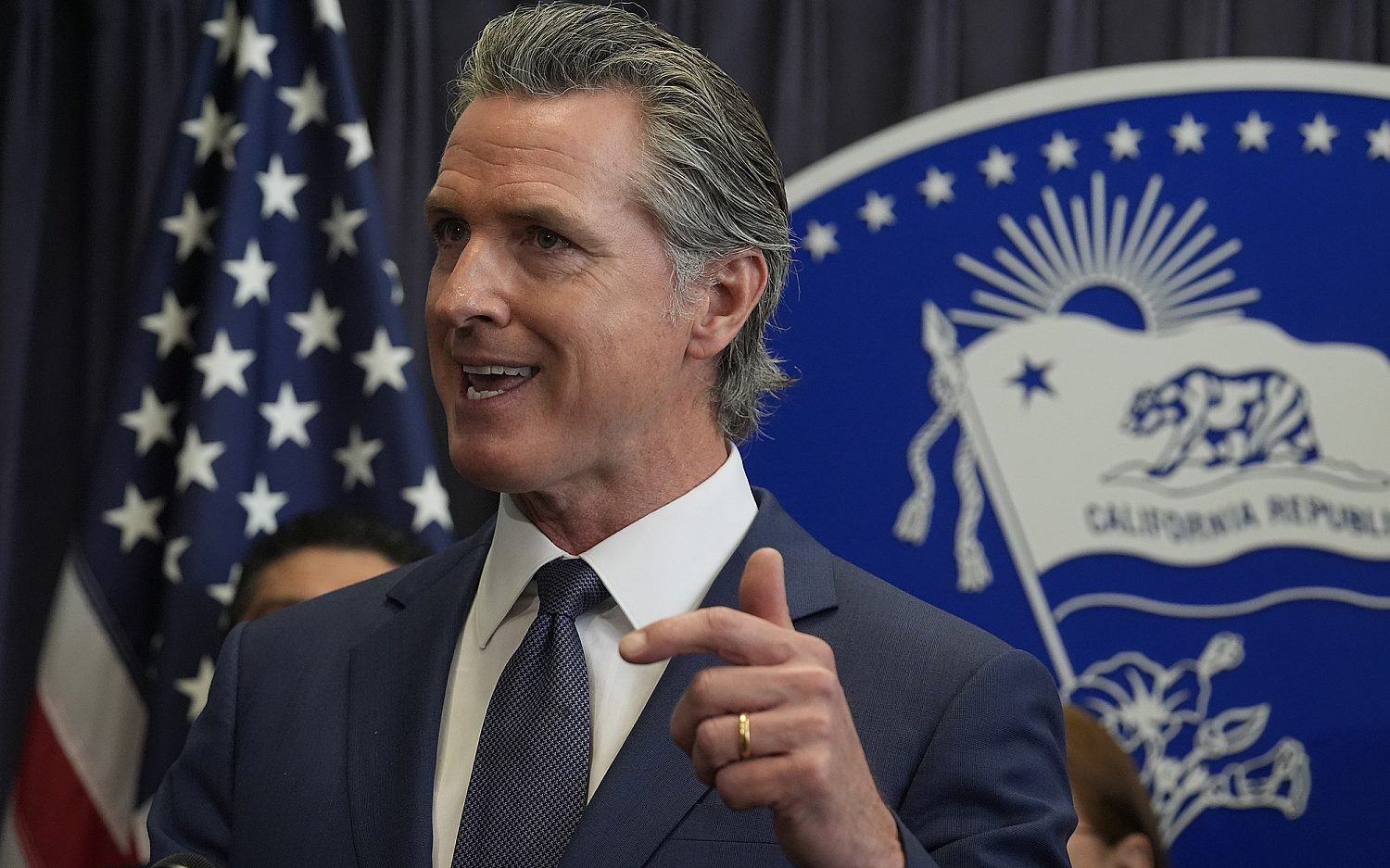How bad data makes Americans look poorer than they are
Underreporting of welfare benefits is part of the problem
WASHINGTON—Bad statistics drive a false narrative about American poverty levels, researchers at the Heritage Foundation said today.
“Our normal trope is we’ve spent $24 trillion dollars on the War on Poverty and the poverty rate is exactly where it was in 1967. The reason for that is garbage data,” said Robert Rector, a Heritage Foundation poverty expert. “The fact of the matter is, even the government can’t spend trillions of dollars and have no impact on anybody’s living standard.”
According to Rector, welfare benefits are grossly underreported, promulgating the idea that more and more Americans live in abject poverty. Since President Lyndon Johnson declared war on poverty more than 50 years ago, the government has tracked progress based on income level, but neglected to include welfare benefits. Further analysis shows many Americans considered to be in extreme poverty spend around $25 dollars for each dollar they ostensibly earn, Rector said.
Last fall, poverty researchers Kathryn Edin and H. Luke Shaefer published $2.00 a day: Surviving on Almost Nothing in America, documenting the worsening of poverty and claiming 1 in 25 American families now survives off of $2 dollars per day per person. But those numbers come from the amount of reported income, not money actually spent.
Bruce Meyer, a poverty and inequality researcher at the University of Chicago, said the only way to truly gauge poverty levels is to look at money spent, not reportedly earned.
The U.S. Census Bureau defines a household as poor if its income falls below specific thresholds. In 2015, the poverty line for a family of three was $19,000 per year. Families below 50 percent of that number are deep poverty families, and those making less than $2,200 or around $2 per day per person live in extreme poverty.
Excluding Social Security and Medicare, each year the government spends around a trillion dollars on 80 different state and federal assistance programs. Last year, the Census Bureau counted less than 5 percent of that money as income while measuring poverty levels.
According to the Bureau of Labor Statistics’ most recent Consumer Expenditure Survey, of the 270,000 Americans listed in extreme poverty, only 60 reported spending $2 or less per day.
In the Census Bureau’s Survey of Income and Program Participation, about 9 percent of families in the extreme poverty category reported not having enough food to eat. Nearly 90 percent reported owning a cellphone and almost 87 percent said they lived in housing with air conditioning.
“Income surveys are like cups riddled with holes,” Meyer said. “Low consumption is much more closely related to true deprivation than low income.”
Robert Doar, a poverty studies expert at the American Enterprise Institute, agreed but wanted to make a distinction.
“None of us here are saying that the people at the lower end of the income scale are doing tremendously well and we resent the government’s largess—that’s not the case here,” he said. “[But] we need to be clear and honest about the data and maybe say these people are better off than some say they are. That needs to be done if we’re going to formulate good policy.”
Rector said President Johnson didn’t start welfare programs to treat the symptoms of poverty, but that’s exactly what the government has done for the last 50 years.
“Johnson really wanted people to flourish in our society and not be perpetually dependent. And by that measure, the war on poverty has been a complete flop,” Rector said. “People are no more self-sufficient today, in fact, they are less self-sufficient than when we started 50 years ago.”
An actual newsletter worth subscribing to instead of just a collection of links. —Adam
Sign up to receive The Sift email newsletter each weekday morning for the latest headlines from WORLD’s breaking news team.




Please wait while we load the latest comments...
Comments
Please register, subscribe, or log in to comment on this article.